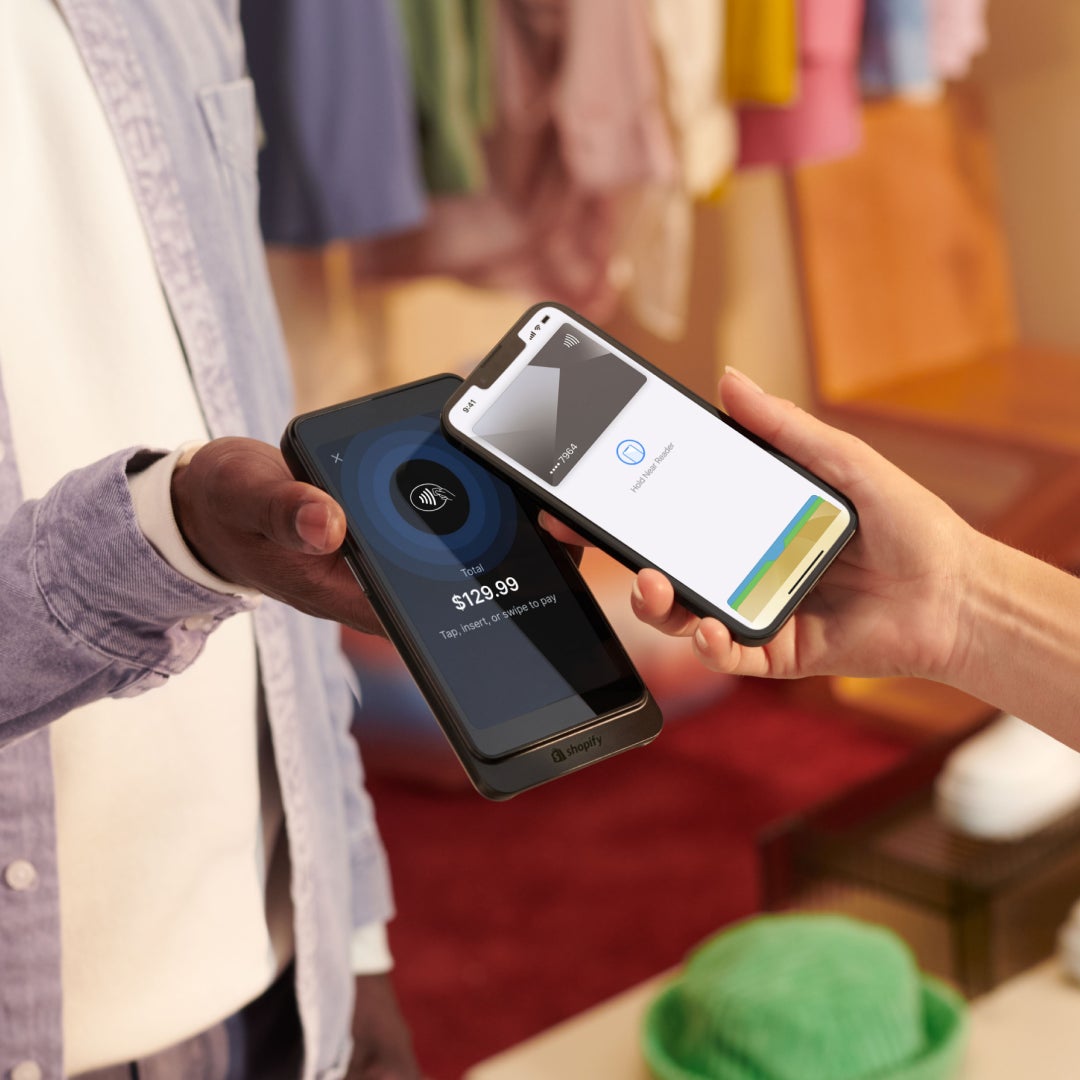Shopify is quietly becoming a power player in offline retail too
Retailers that went online with Shopify during the pandemic shutdown are incorporating the company's offline devices, too.

Shopify, known best as the one-stop-shop platform for online businesses, is making big moves in offline payments, too.
The Canadian-founded company recently debuted a new offline payments device called Shopify POS Go, a mobile piece of equipment with a built-in barcode scanner that allows merchants to do checkouts anywhere in store. In the first half of 2022, sales made by merchants using Shopify’s point-of-sale grew nearly 60% from a year ago.
“I think previously, you came to Shopify for e-commerce, and there was sort of this appendage of point-of-sale,” said Harley Finkelstein, president of Shopify, at a conference last month.
But as the initial phase of the pandemic subsides and offline retail has become an option again, retailers that were forced to go online during shutdowns and discovered Shopify are now turning to the company for all of their business needs.
It’s all just commerce
“We built a lot of trust with them and so now a lot of them are replacing their old legacy systems with Shopify point-of-sale,” said Finkelstein. “If you go to an Alo Yoga or you go to James Perse store, the physical retailers are powered entirely by Shopify, just like the online side of their business, too. And that is something that I don’t think we’ve been very well known for that is changing quite dramatically.”
The division is one of the group’s fastest growing businesses, said Shopify VP of product, Arpan Podduturi. Shopify’s POS Go enables merchants to move flexibly—shoppers can build a cart in the store and then check out and purchase when they’re back at home, if they choose. It also gives merchants a unified view of their business across sales, analytics, and inventory on POS Go from every channel. For example, many shoppers enjoy being able to buy online and return in person, or vice versa, but disjointed software for these kind of hybrid interactions can turn that into a headache for many merchants.
“We really feel like the walls between offline and online have really collapsed and it’s just commerce,” said Podduturi. “This is the type of experience that you would find at an Apple store or Nike store but given to the masses to small-medium businesses all over the world who can now bring that level of service to their stores.”
